Located in the Indian Ocean there is a particularly interesting country made of tons of tiny islands. This country is the Maldives, and it is home to many who live on these interesting atoll islands.
For many years, it has been thought that these tiny islands—about a 1,000 of them—would soon vanish under the rising ocean waters due to climate change. A new study, however, combats this worry. It’s the conservation success story of the century, showcasing nature’s incredible resilience.
Where are the Maldives?
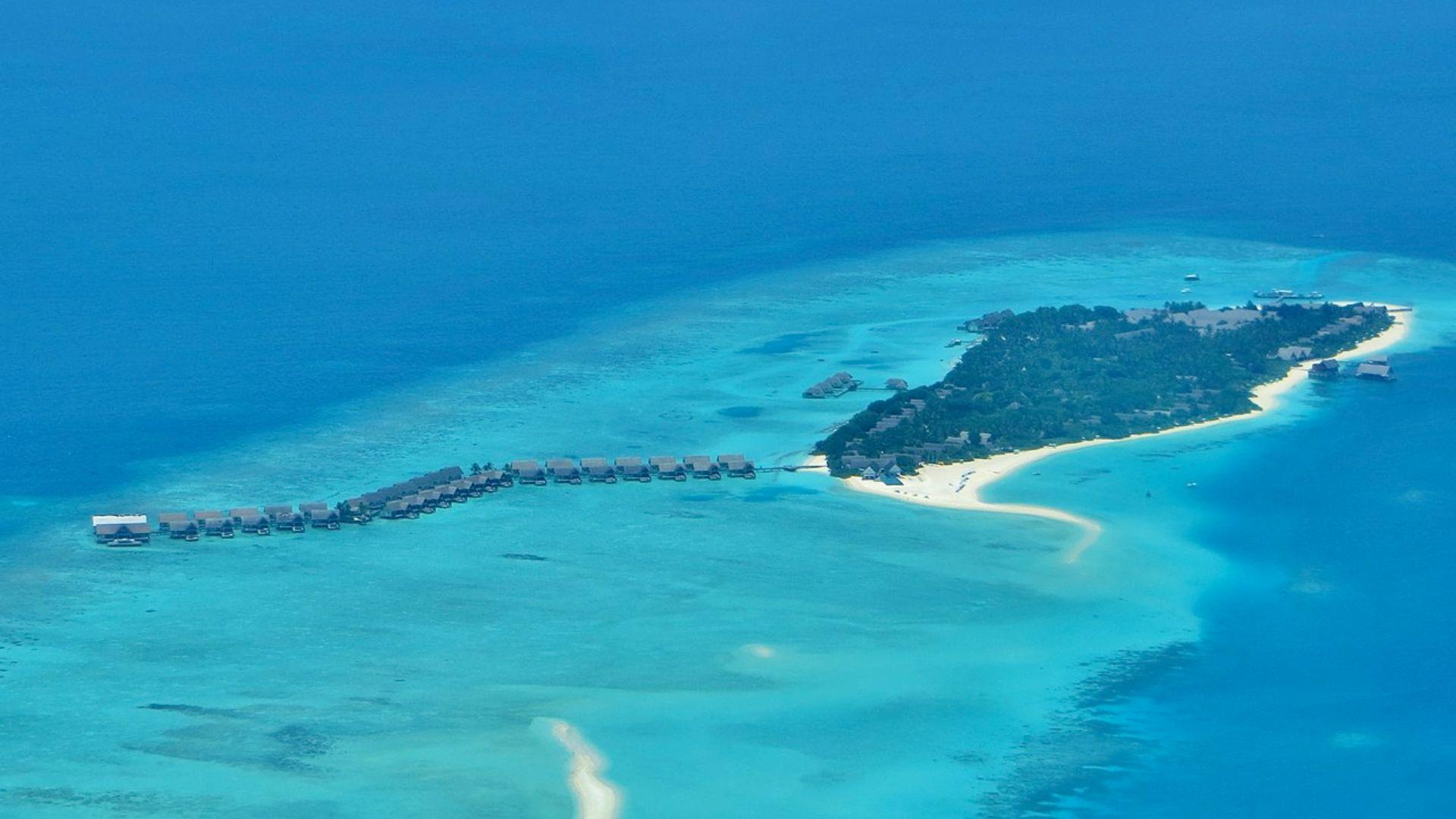
The Maldives is a popular vacation destination. It is a beautiful tropical island country which is comprised of many, many little islands. This is called an archipelagic state.
Gorgeous coral reefs lie beneath the surface of the sea. The country’s gorgeous white-sand beaches and bright blue waters make the Maldives a natural marvel. It is located in South Asia in the Indian Ocean. The Maldives is southwest of Sri Lanka and India and is the smallest country in Asia.
Global Warming
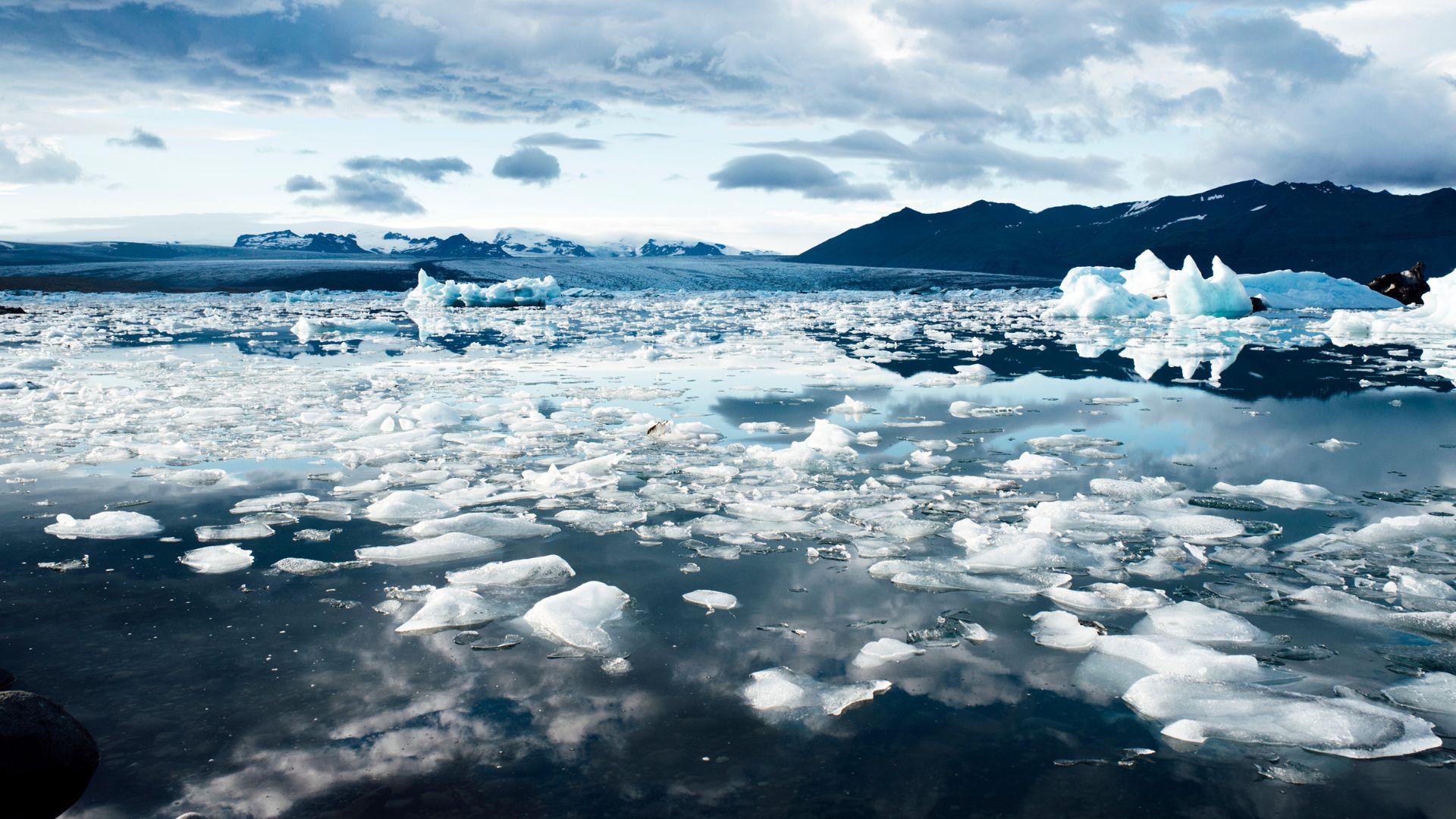
Climate change, or global warming, is the ongoing increase of the Earth’s temperature. It’s an absolutely real phenomenon affecting our planet that is primarily caused by human activity—specifically the burning of fossil fuels.
As the planet warms, ice caps melt and oceans rise. Small islands especially are at risk of disappearing beneath the rising waves forever… or at the very least, that’s what scientists thought.
Doomed Islands
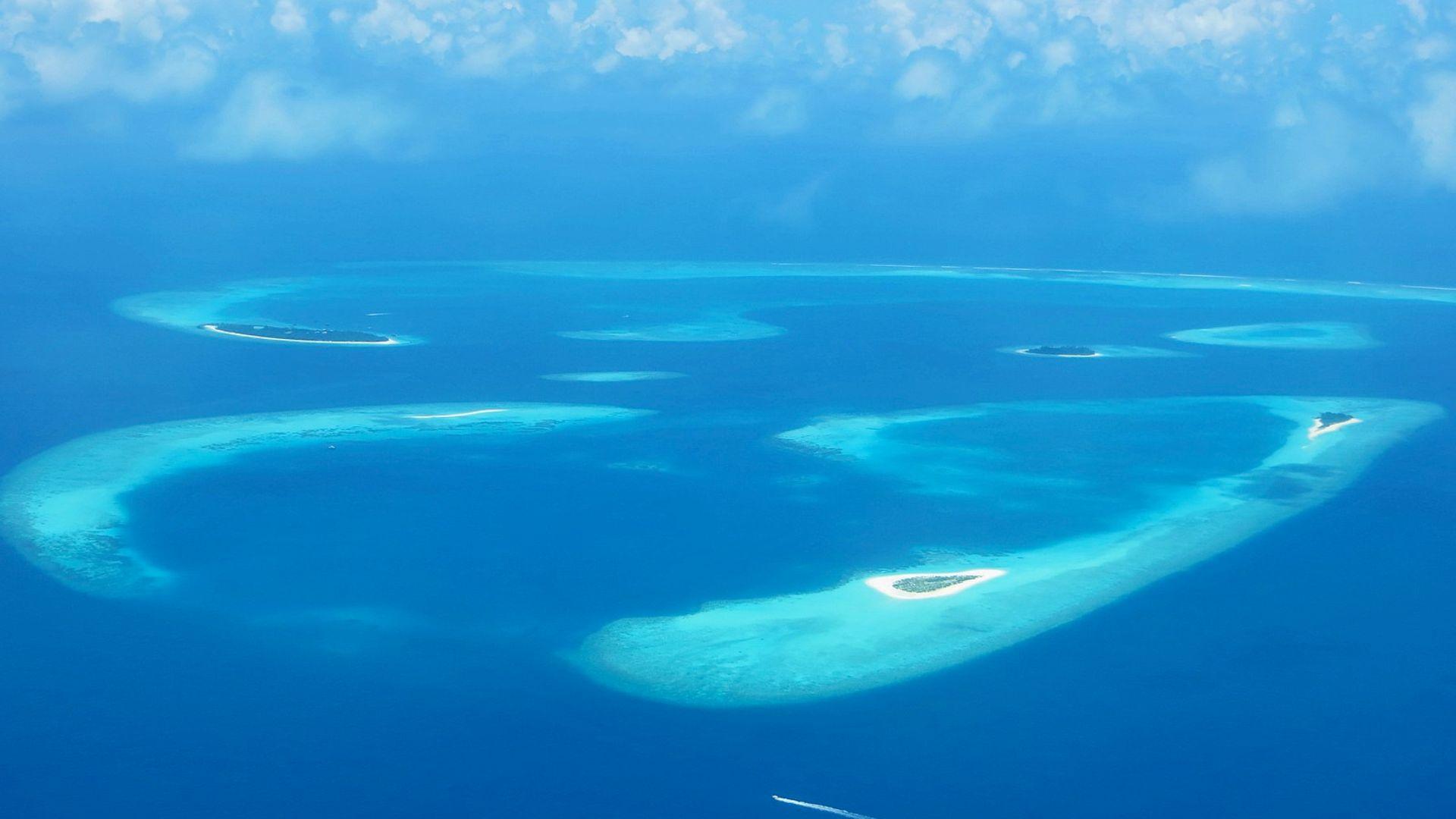
A certain group of about 1,000 tropical islands in the Maldives were once thought to be doomed. Many of them are barely above sea level and are just peeking above the waves. It was thought by experts that they would be the first landmasses to vanish beneath the tides due to global warming.
However, a team of scientists, co-led by Paul Kench, analyzed these islands and discovered something strange. “I’m not sure we really knew what we would find,” Kench said. who co-led the groundbreaking study.
An Astonishing Trend
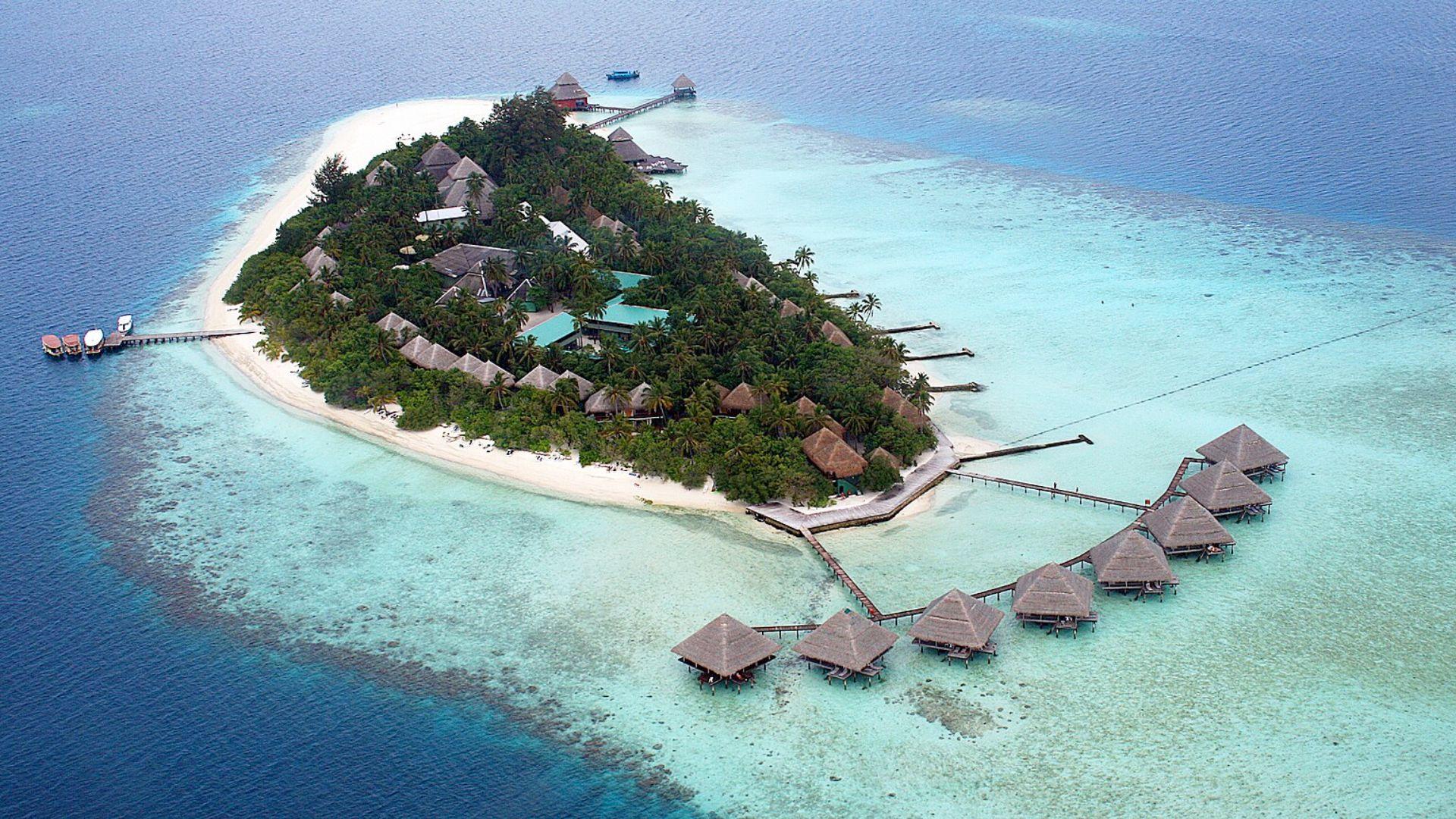
When the team of researchers analyzed decades of aerial photos and satellite imagery of these islands, they discovered an amazing trend. Most of the islands have actually remained stable in size or even increased in area.
This groundbreaking study has revealed that the 1,000 low-lying tropical islands previously thought to be doomed are actually increasing in size, if doing anything at all. This discovery defies earlier predictions of their imminent collapse.
A Planetary Victory
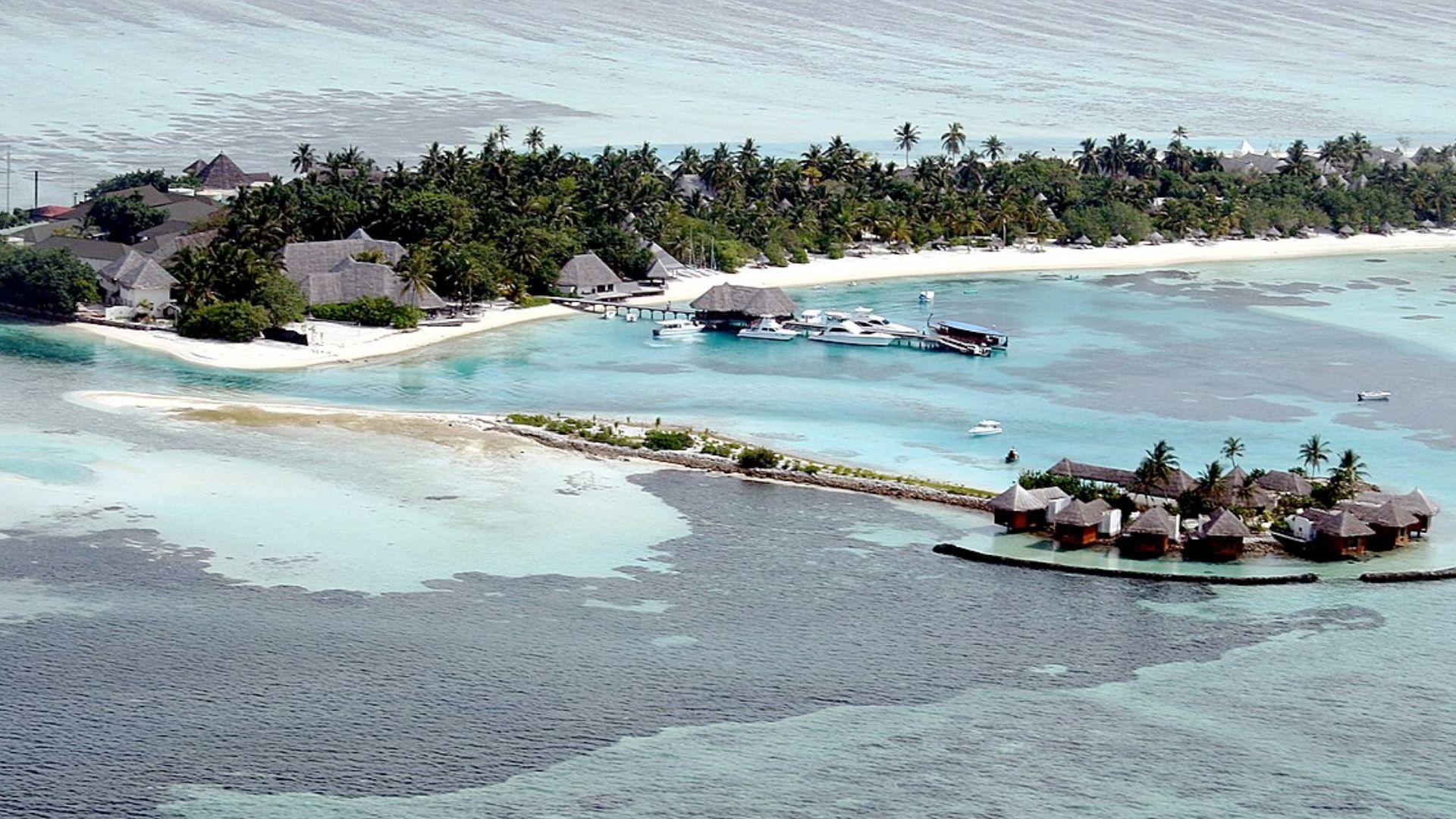
The results of this study have left the scientific community astounded; they challenge long-held assumptions about the fate of these islands. What was once feared to be an impending catastrophe has now been revealed as a surprising and positive turn of events. This unexpected finding is a major win for both the island communities and the environment.
The stabilization and growth of these islands is crucial for preserving the rich ecosystems and unique cultures that thrive on them. This unexpected resilience helps protect the biodiversity that these islands support and also prevents the potential displacement of island populations.
Water Power

How did these islands manage to defy expectations? The answer lies in the dynamic role of our ocean’s waves and currents. As sea levels increased, these natural forces actually carried additional sand and sediment to the islands’ shores, effectively replenishing the material that had been lost.
Although the shapes and positions of the islands may have altered over time, their overall size remained consistent. The continuous deposition of sand and sediment ensured that, despite the rising oceans, the islands did not diminish in area.
A Shifting Island Landscape
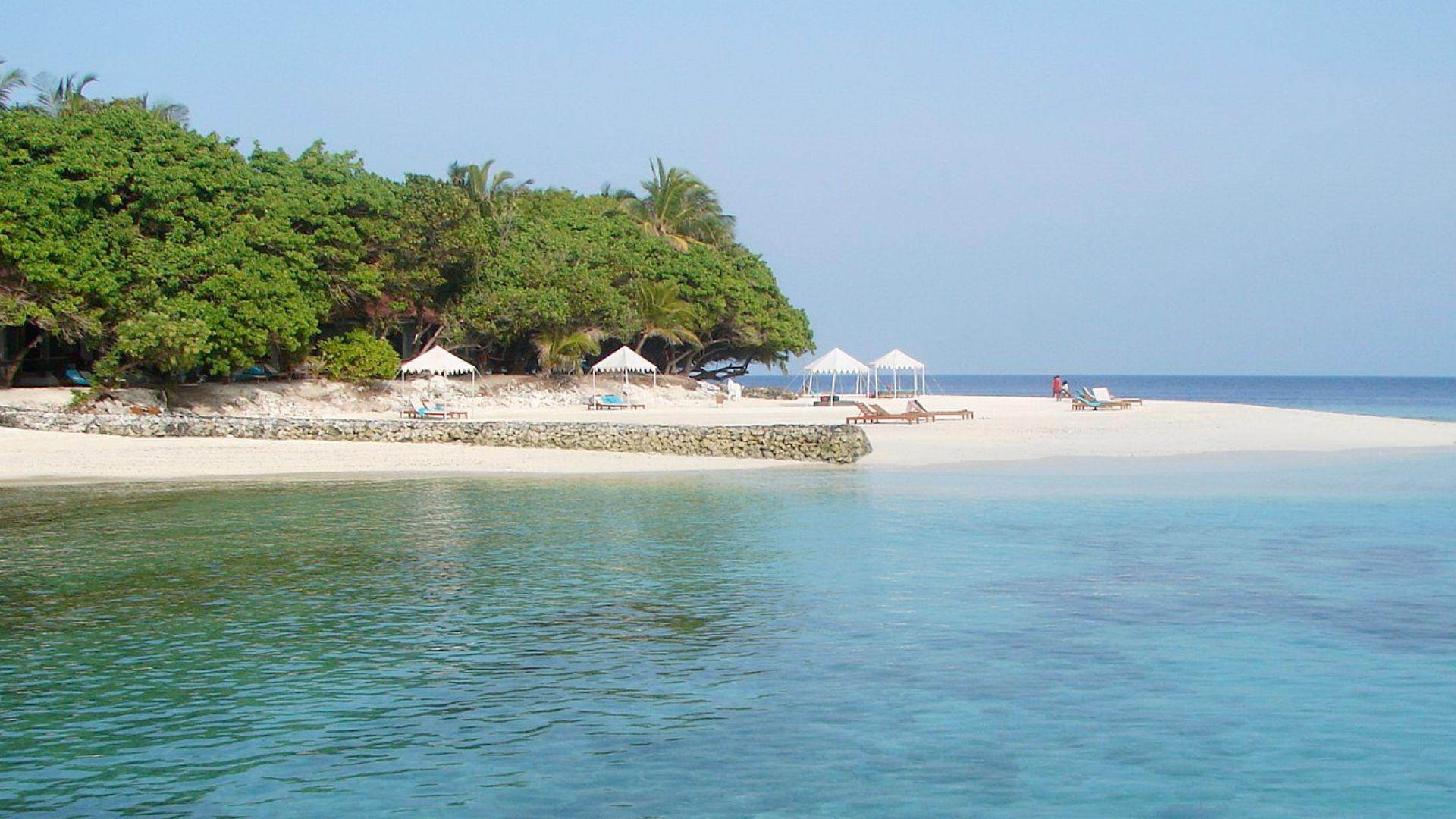
Kench gave a tour of one of these islands to New York Times climate reporter Rhaymond Zhong. “People obsess on that end of the island,” Kench explained, referring to an eroded beach scattered with fallen palm trees. However, he said while pointing to the opposite side of the island, “This side has got bigger.”
The findings made by Kench’s team offer atoll nations valuable time to adjust and prepare for the future. By safeguarding expanding shorelines, developing resilient communities, and strategically restoring beaches, both island-dwelling people and the natural environment can flourish together.
Working With Nature
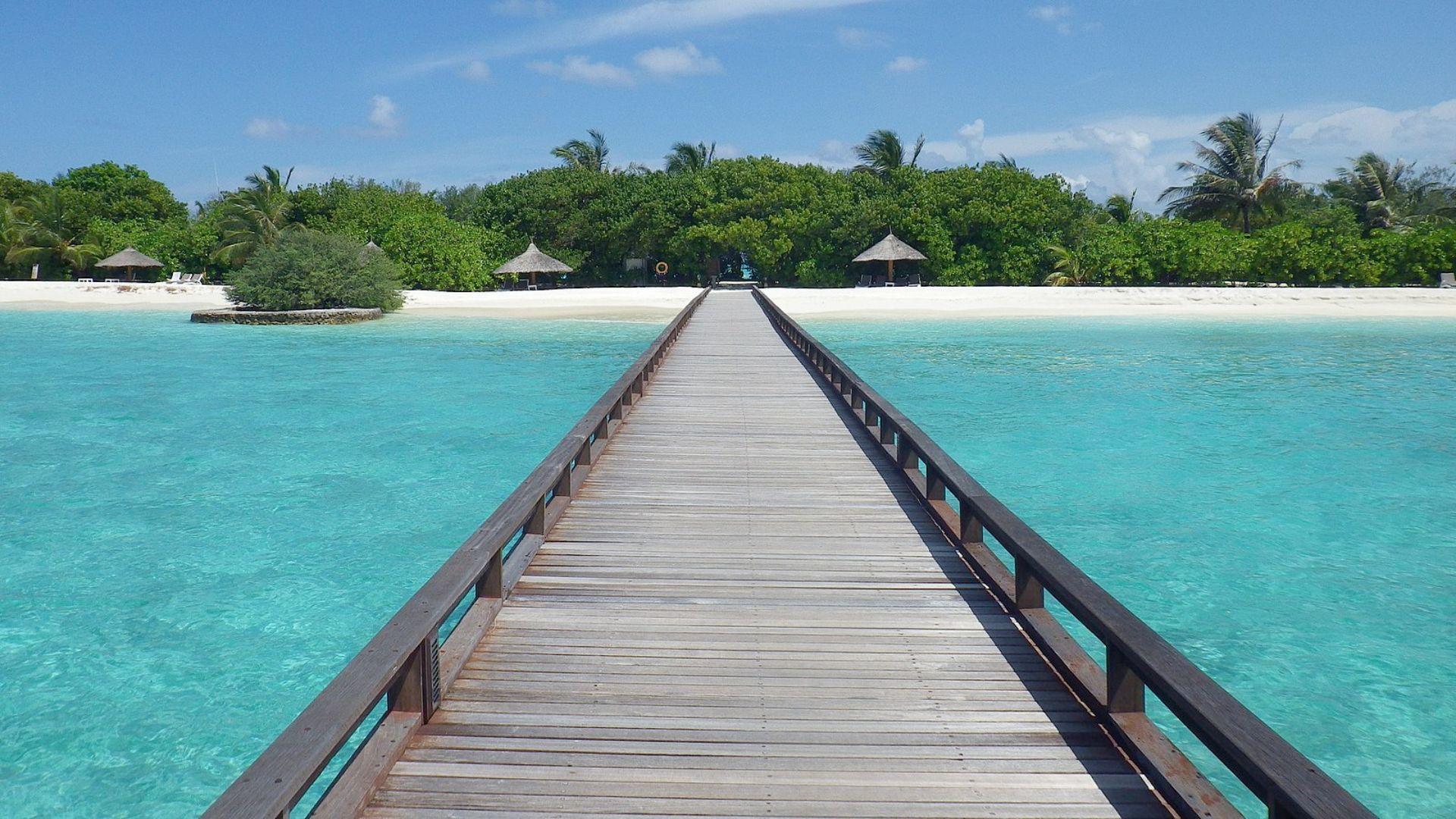
“To me, that’s the challenge,” Kench said. “How do you coexist with the change that’s coming?” This challenge requires a fundamental shift in perspective, moving away from the notion that these islands threatened by climate change are lost causes.
Instead, embracing and working with natural processes—rather than resisting them—opens up new possibilities. By aligning human efforts with the forces of nature, we can achieve remarkable outcomes and create sustainable solutions.
Hope for the Future
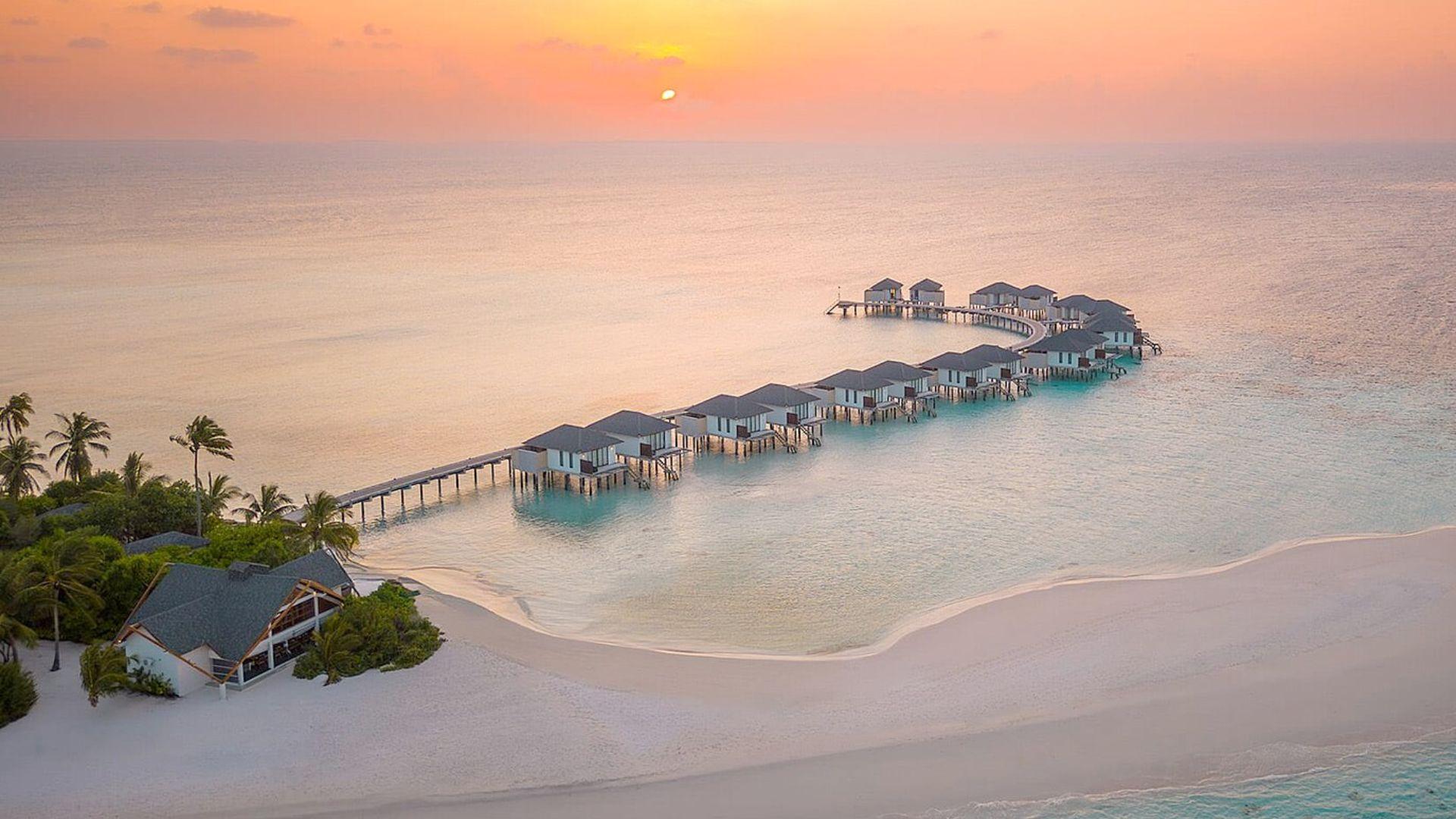
As we look ahead, this breakthrough offers a glimmer of hope for vulnerable island nations and the state of the Earth as a whole. The unexpected resilience of these 1,000 tropical islands highlights nature’s potential to adapt and recover in the face of adversity. By recognizing and leveraging the natural processes that have been contributing to the Maldives’ stability, we can develop strategies that not only protect these islands but also support any other places that may be in ecological danger.
Ultimately, the story of these islands—which were once thought to be doomed by many—serves as a powerful reminder of the importance of working in harmony with nature. These islands now stand as symbols of hope. They challenge us to rethink our approach to environmental conservation and climate adaptation. By recognizing the harms of global warming, as well as the resilience of our Earth, we can foster a future where both people and the planet thrive together.

